How to Fix Microsoft Store Not Installing Apps on Windows 11
Get Free Scanner and check your computer for errors
Fix It NowTo fix found issues, you have to purchase the full version of Combo Cleaner. Free trial available. Combo Cleaner is owned and operated by Rcs Lt, the parent company of PCRisk.com read more.
How to Fix Microsoft Store Apps Not Installing on Windows 11
The Microsoft Store is integral to Windows 11, offering many apps to boost productivity. However, some users experience an issue when the Microsoft Store doesn’t install or download apps. In this article, we will delve into this issue and discuss why it occurs and how to resolve it.

Why My Microsoft Store is Not Installing Apps?
Many users can’t install Microsoft Store apps even when Windows 11 has the latest updates installed. In most cases, apps get downloaded but get stuck on an installing loop. We’ve listed some of the most common causes of this problem below.
- Microsoft Store server-side issues. Microsoft Store apps can get stuck on installing if there’s an issue on the server side. Try to cancel the installation and try again.
- Insuficient disk space. If your hard drive is nearly full, the installation process of large apps or games can get stuck. Free up some disk space and try again.
- Accumulated cache. Microsoft Store accumulates cache to perform its task smoother and faster. However, the cache may become overloaded or corrupted. Try clearing its cache.
- Windows Defender Firewall is disabled. If your Windows firewall is disabled, you might not be able to download apps from the Microsoft Store. Reenabling it can fix that.
- Microsoft Store installation has been corrupted. Microsoft Store apps may get stuck on installing if the app’s files have been damaged or corrupted. Running DISM and SFC scans or reinstalling Microsoft Store might fix it.
Before you try any of our fixes, here are some tips:
- Sign out from your Microsoft account and sign in.
- Make sure that Windows 11 is up to date. Update Windows if necessary.
- Ensure your system is set to the correct date, time, and time zone.
- Windows Defender Firewall is turned off. Turn it on if it’s disabled.
- Disconnect from your VPN server provided that you’re connected to one.
Video on How to Fix Microsoft Store Apps Not Installing on Windows 11
Table of Contents:
- Introduction
- Method 1. Run the Windows Store Apps Troubleshooter
- Method 2. Clear the Microsoft Store App Cache
- Method 3. Repair or Reset the Microsoft Store App
- Method 4. Run the Deployment Image & Servicing Management (DISM) and System File Checker (SFC) Scans
- Method 5. Reinstall Microsoft Store using PowerShell
- Video on How to Fix Microsoft Store Apps Not Installing on Windows 11
Download Computer Malware Repair Tool
It is recommended to run a free scan with Combo Cleaner - a tool to detect viruses and malware on your device. You will need to purchase the full version to remove infections. Free trial available. Combo Cleaner is owned and operated by Rcs Lt, the parent company of PCRisk.com read more.
Method 1. Run the Windows Store Apps Troubleshooter
Microsoft Store is itself an app that is separate from Windows 11. If you’re having trouble installing apps, run the Windows Store Apps troubleshooter, which will likely fix the issue.
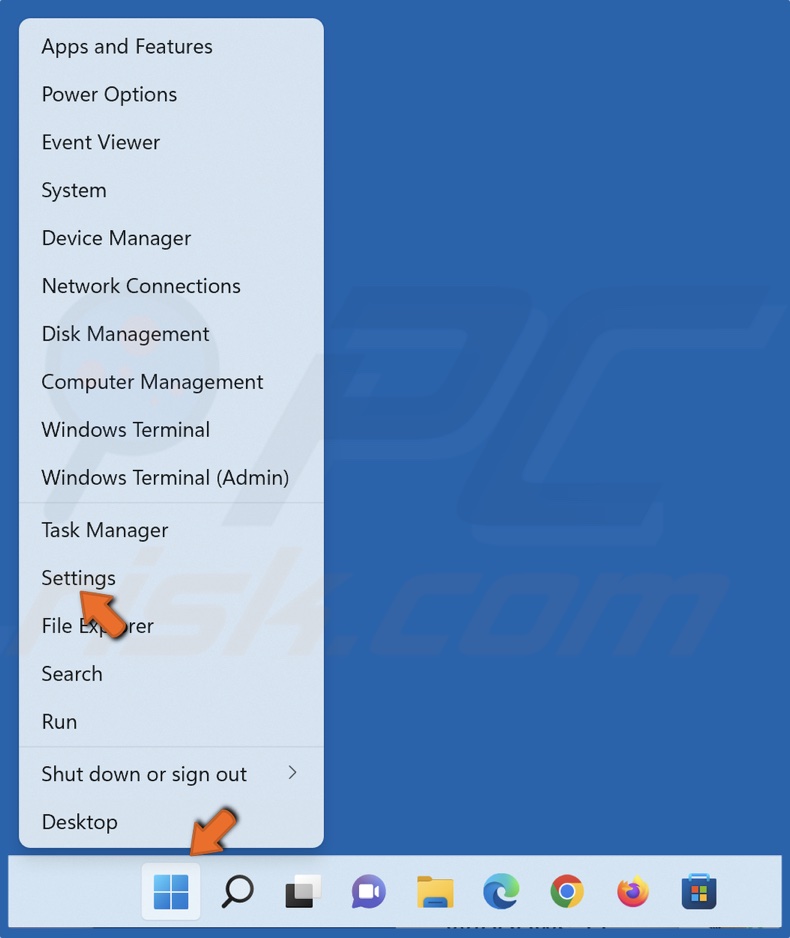
1. Right-click Start and select Settings.
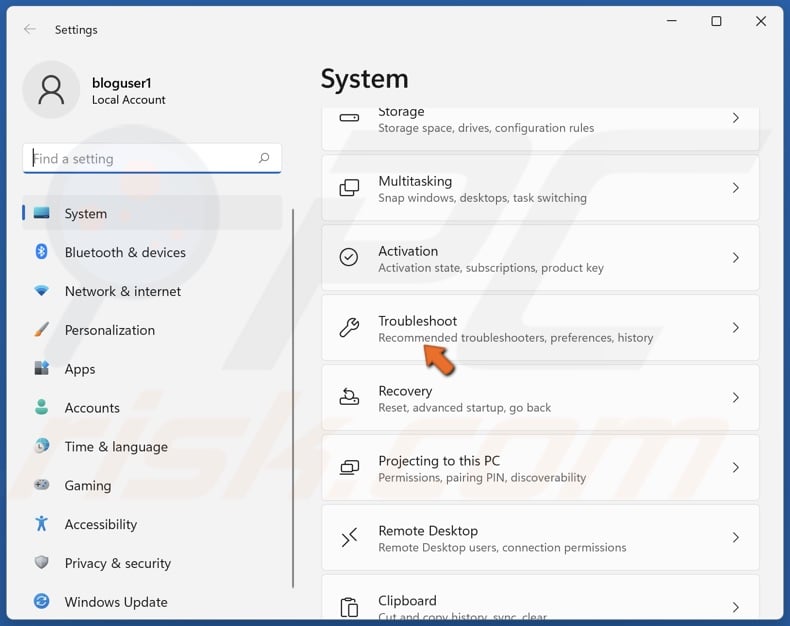
2. In the System panel, scroll down and click Troubleshoot.
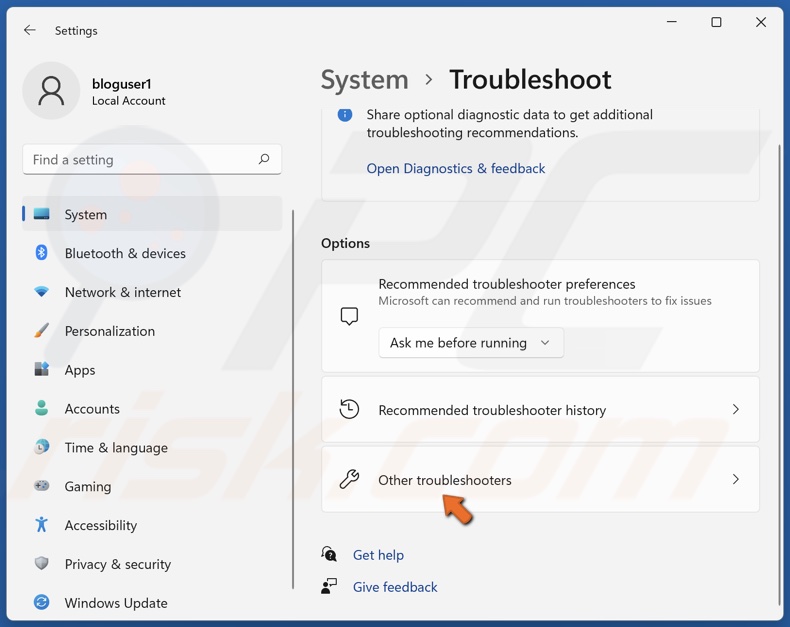
3. Select Other troubleshooters.
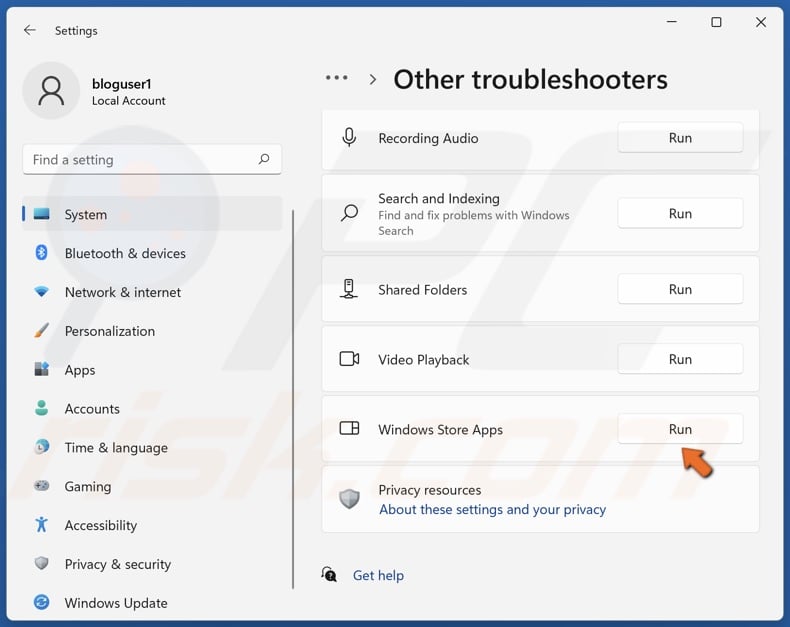
4. Run the Windows Store Apps troubleshooter.
5. Restart your PC.
Method 2. Clear the Microsoft Store App Cache
Like other Windows apps, Microsoft Store accumulates cache data to speed up specific tasks. In some cases, the cache may become overloaded and cause problems when installing apps. Clearing the cache may fix this issue.
1. Hold down Windows+R keys to open Run.
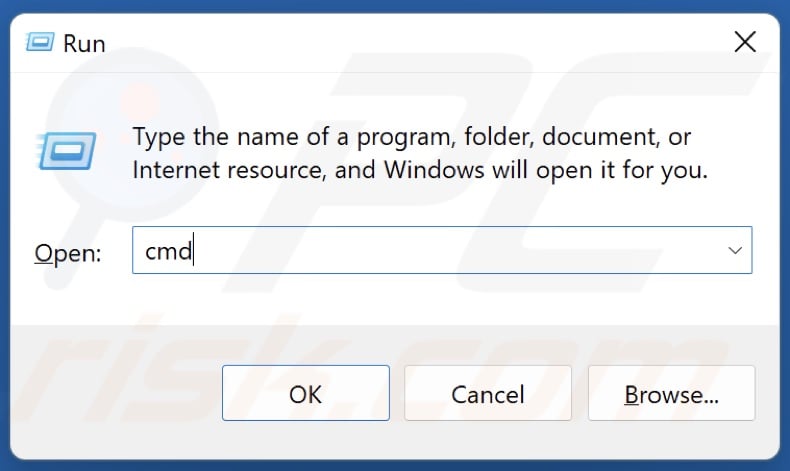
2. In the Run dialog box, type in CMD and hold down Ctrl+Shift+Enter keys to open the Command Prompt as an administrator.
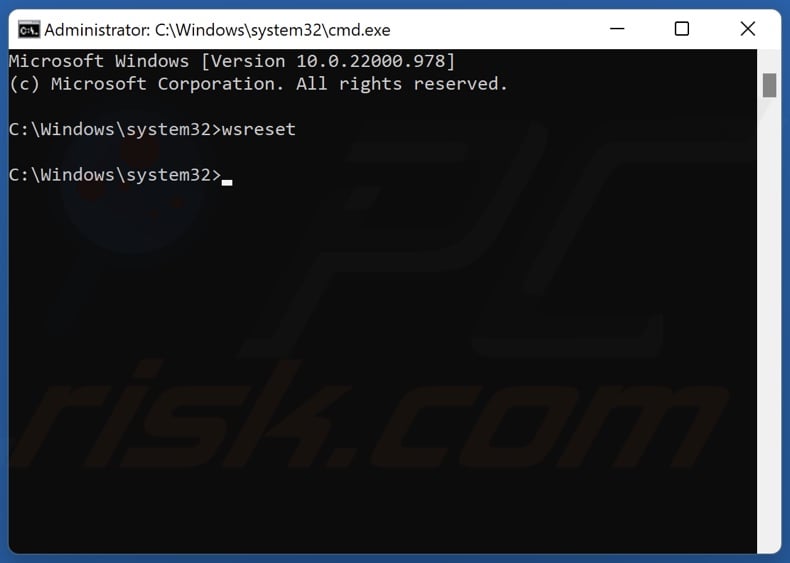
3. In the Command Prompt window, type in wsreset and press the Enter key. Some processes will run in the background, and Microsoft Store will automatically open when finished.
Method 3. Repair or Reset the Microsoft Store App
Repairing the Microsoft Store app should fix any app installation issues you may have. If resetting the app doesn’t fix the problem, try resetting it. Note that resetting the Microsoft Store app will delete app data stored in the app and require you to sign in again.
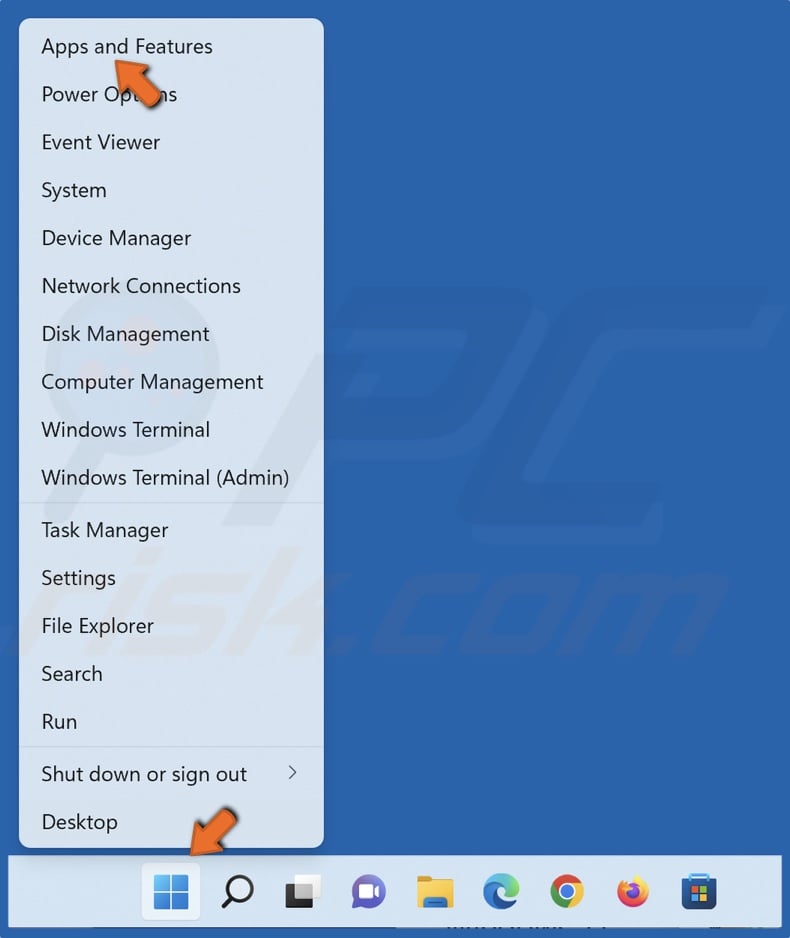
1. Right-click Start and select Apps and Features.
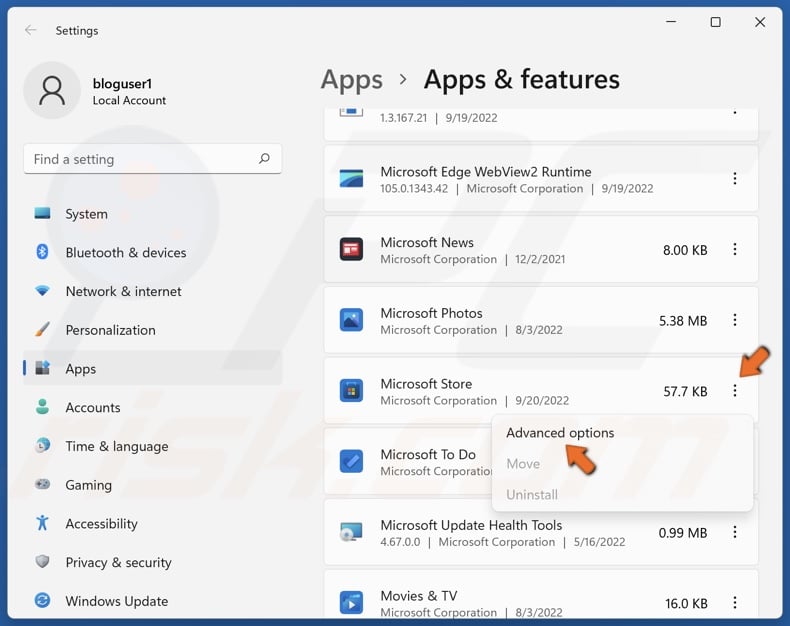
2. Click the ellipsis next to Microsoft Store and select Advanced options.
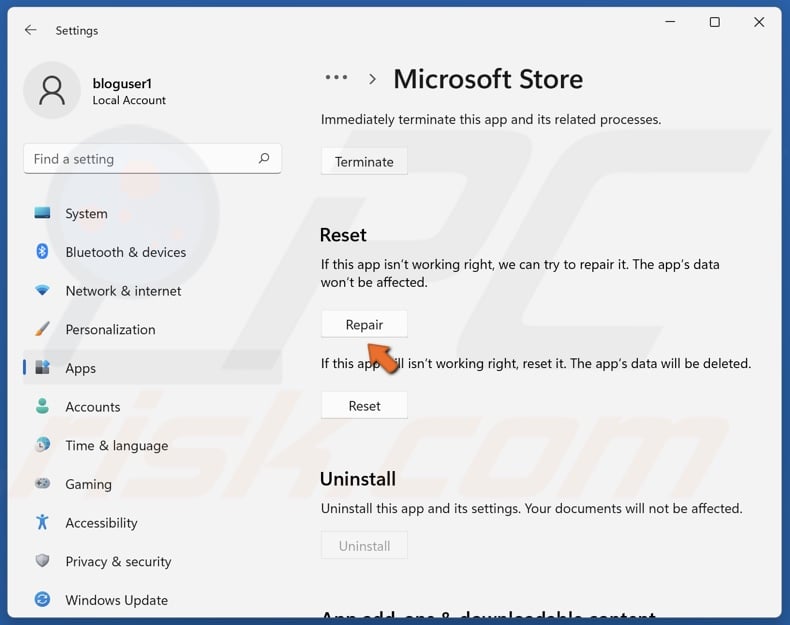
3. In the Reset section, click Repair. Check if the Microsoft Store can install apps.
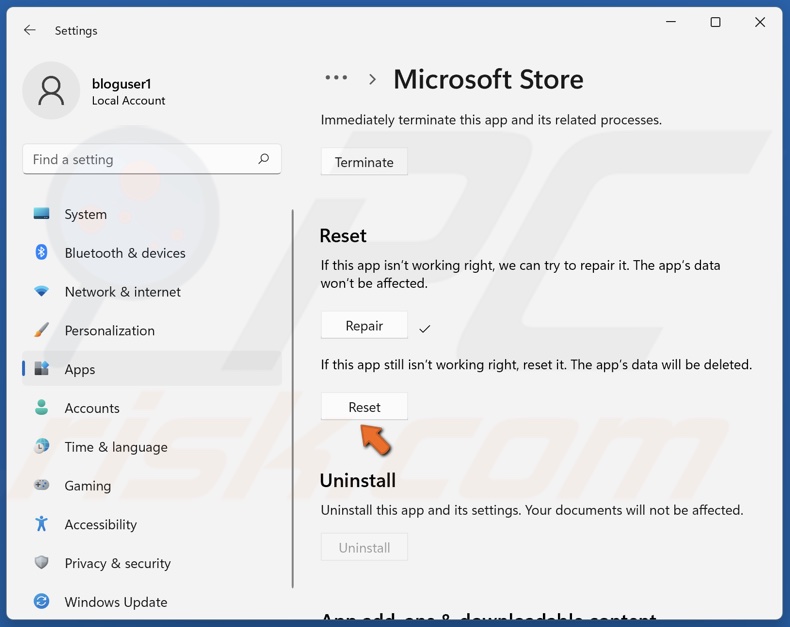
4. If apps still won’t install, click Reset.
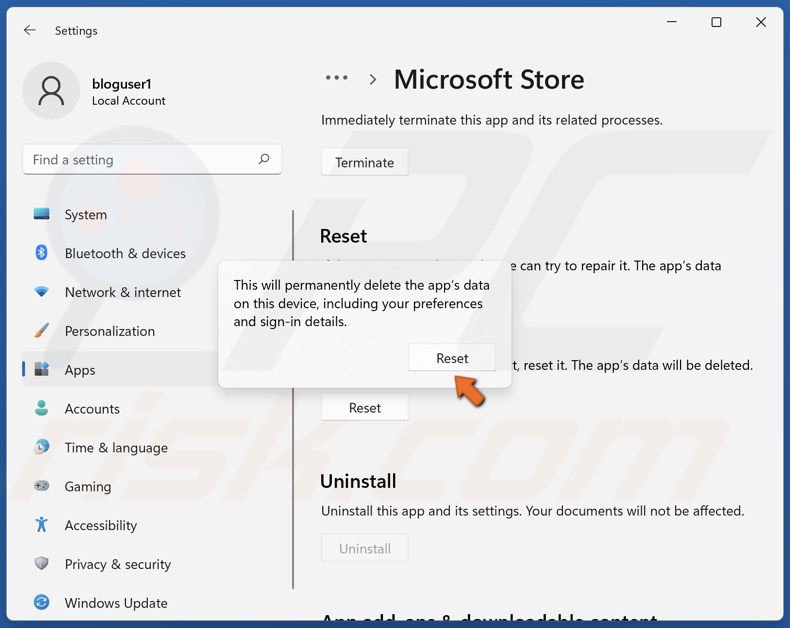
5. Click Reset again to confirm.
Method 4. Run the Deployment Image & Servicing Management (DISM) and System File Checker (SFC) Scans
The Deployment Image Servicing and Management (DISM) is a command-line tool designed to prepare, modify, and repair system images, while the System File Checker (SFC) is designed to identify corrupted or missing system files and download new files from Microsoft.
1. Hold down Windows+R keys to open Run.

2. In the Run dialog box, type in CMD and hold down Ctrl+Shift+Enter keys to open the Command Prompt as an administrator.
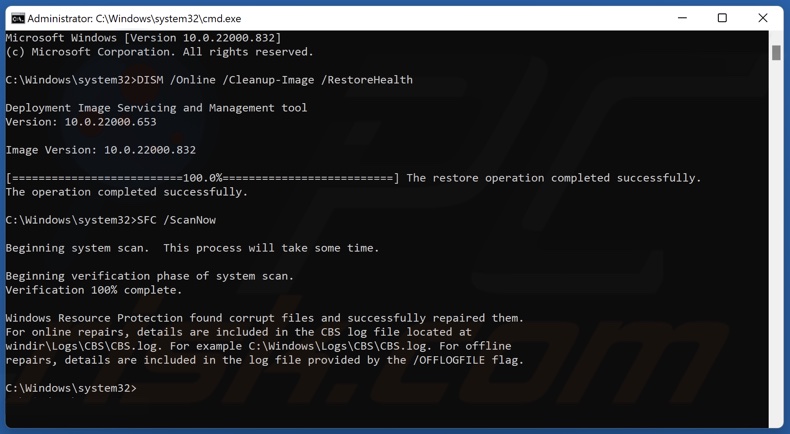
3. In the Comand Prompt window, type in DISM /Online /Cleanup-Image /RestoreHealth and press Enter.
4. Then, type in SFC /ScanNow and press Enter.
5. Close the Command Prompt and restart your PC.
Method 5. Reinstall Microsoft Store using PowerShell
The method below will show you how to reinstall Microsoft Store using a command in PowerShell.
1. Hold down Windows+R keys to open Run.
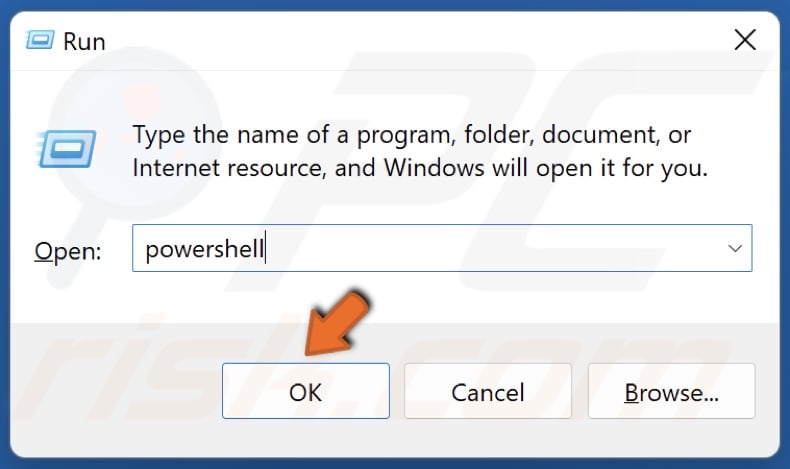
2. In the Run dialog box, type in powershell and hold down Ctrl+Shift+Enter keys to open PowerShell as an administrator.
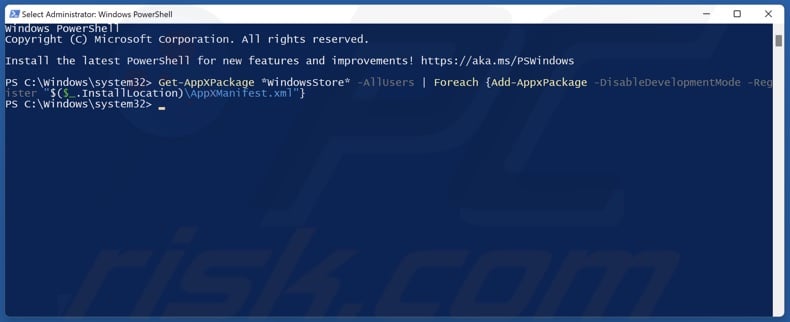
3. In the PowerShell window, type in:
Get-AppXPackage *WindowsStore* -AllUsers | Foreach {Add-AppxPackage -DisableDevelopmentMode -Register "$($_.InstallLocation)\AppXManifest.xml"}
4. Press Enter to execute the command.
5. Close the Powershell window, and restart your PC.
6. Hold down Windows+R keys to open Run.
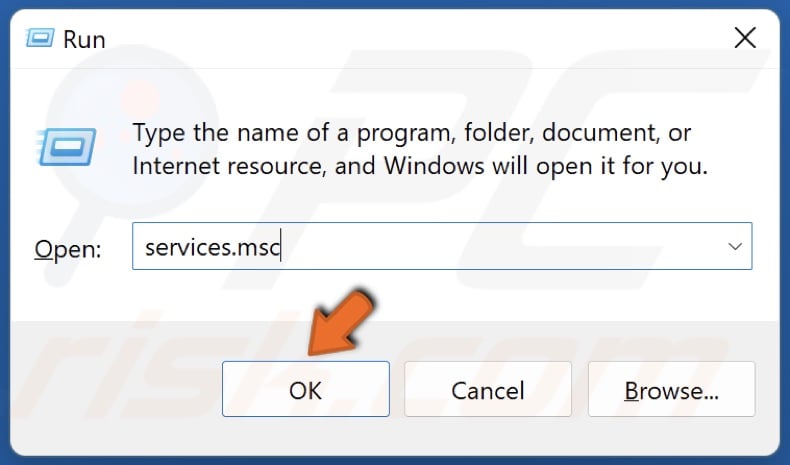
7. In the Run dialog box, type in services.msc and click OK.
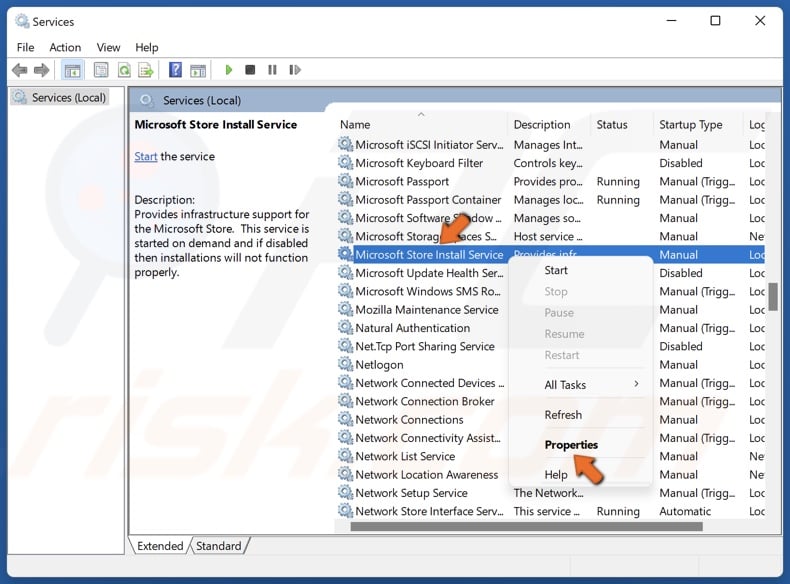
8. Locate Microsoft Store Install Service, right-click it and click Properties.
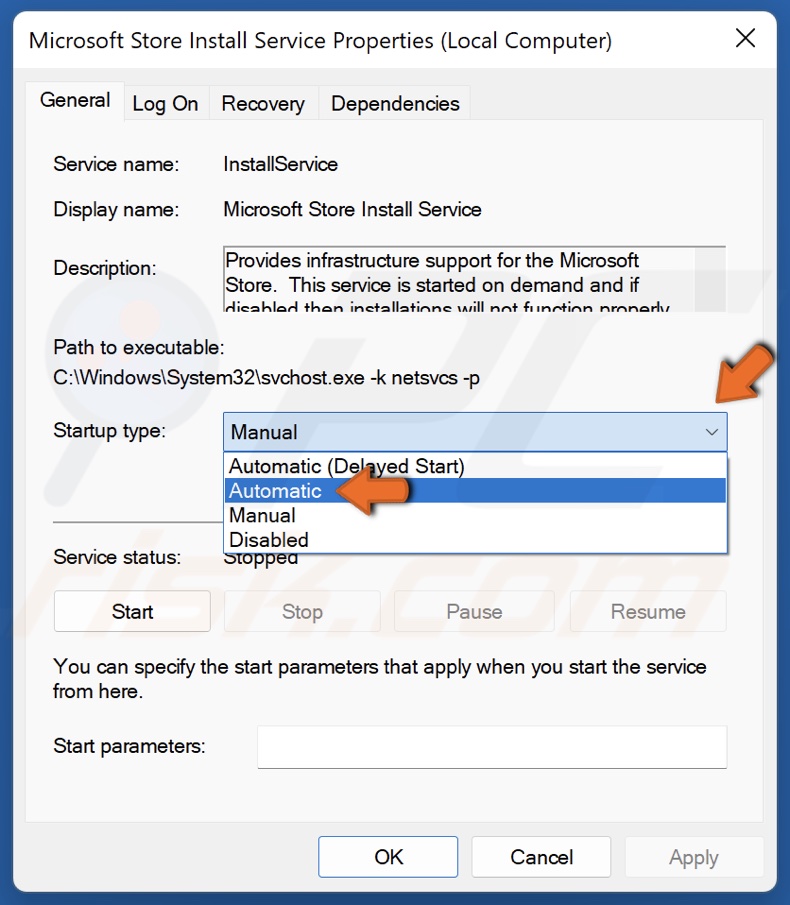
9. Open the Startup type drop-down menu and select Automatic.
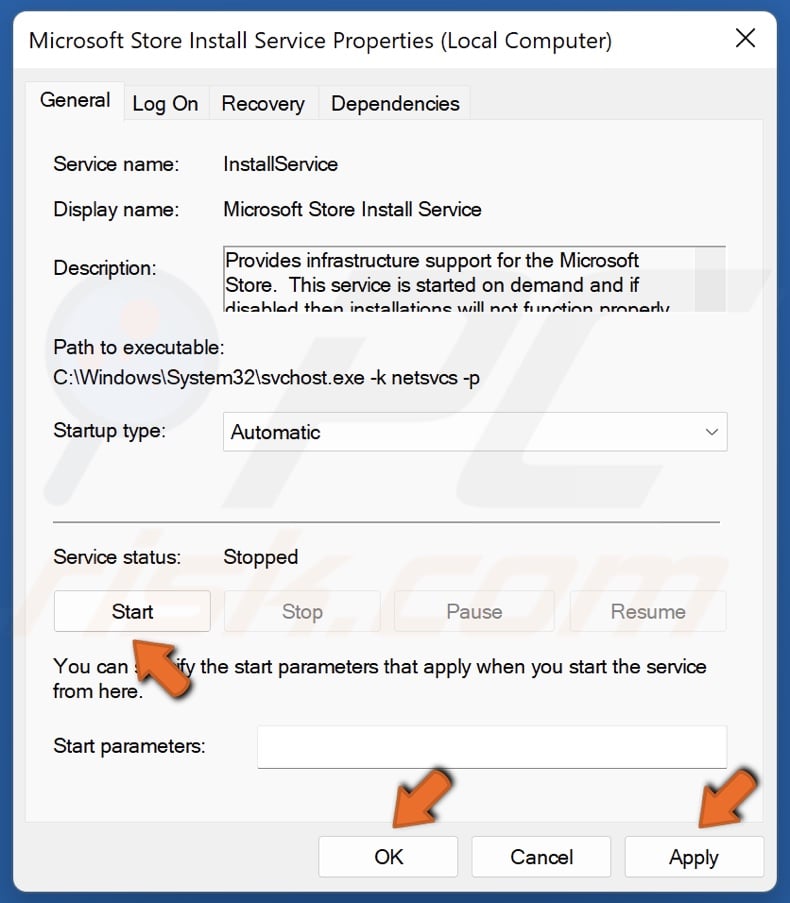
10. In the Service status section, click Start.
11. Click Apply and click OK.
Did this article help you fix Microsoft Store apps not installing? Let us know in the comments below.
Share:

Rimvydas Iliavicius
Researcher, author
Rimvydas is a researcher with over four years of experience in the cybersecurity industry. He attended Kaunas University of Technology and graduated with a Master's degree in Translation and Localization of Technical texts. His interests in computers and technology led him to become a versatile author in the IT industry. At PCrisk, he's responsible for writing in-depth how-to articles for Microsoft Windows.

▼ Show Discussion